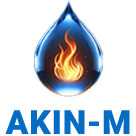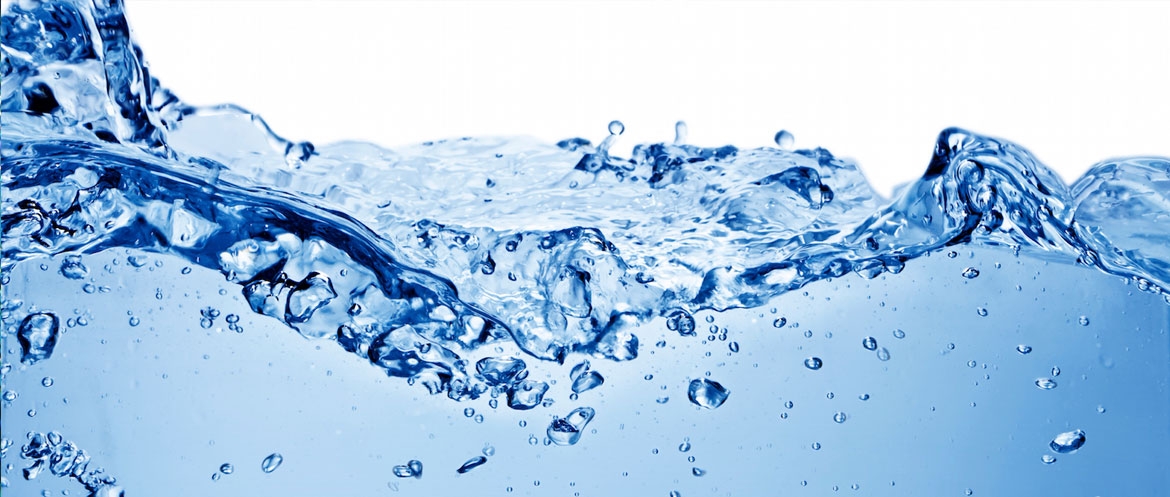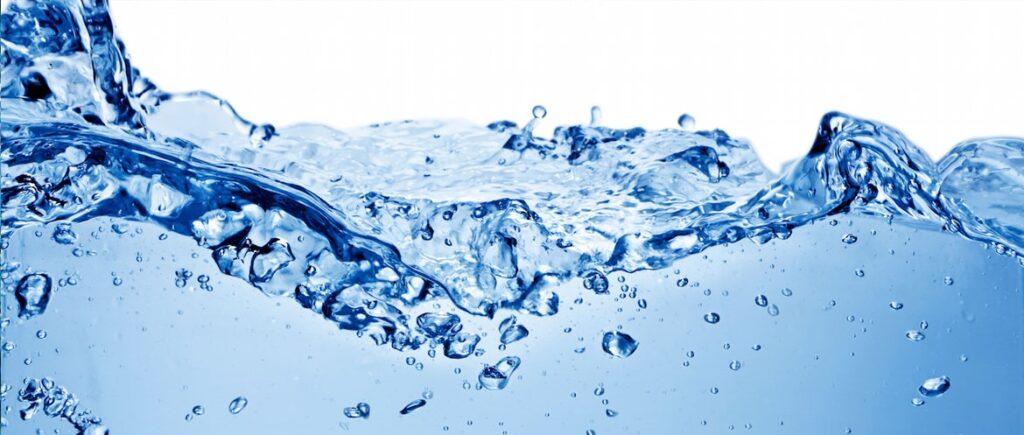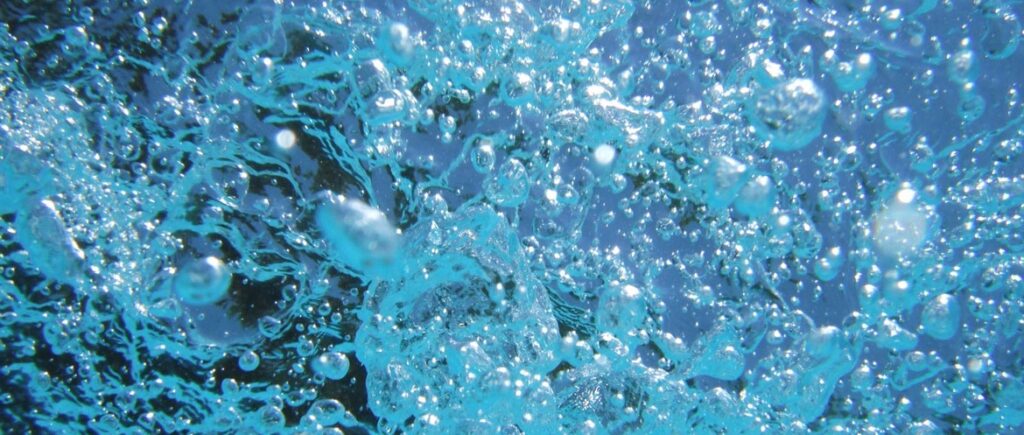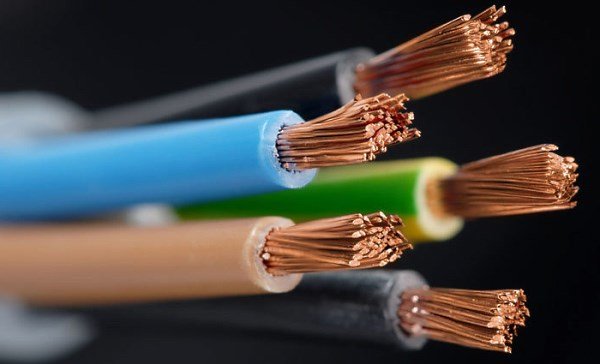From the point of view of steam generating equipment operation, water hardness as well as total salinity and iron content are the main parameters to be considered. In this article we will talk about hardness, because in most cases it is the one that causes the most problems. So, water hardness is usually divided into permanent and temporary.
Permanent and temporary water hardness
- Permanent water hardness or non-carbonate hardness
is caused by the content in water of soluble salts of alkaline earth metals, mostly calcium and magnesium. Such salts include chlorides, sulfates, nitrates and some other calcium and magnesium salts formed by strong acids. The peculiarity of these chemical compounds is the fact that when heating and boiling water, they themselves do not precipitate, but are deposited on the already formed scale film, i.e. on the so-called crystallization centers.
- Temporary hardness of water or carbonate hardness
is caused by the content of water-soluble salts, namely carbonates and hydrocarbonates of calcium and magnesium. At strong heating of water, and especially at boiling, these salts precipitate and settle in the form of “scale” on the surface of all elements of the equipment, which came into contact with boiling water. The formed layer of scale on the equipment is then the crystallization center for the next layers of scale. Now, when there are crystallization centers, not only carbonates and hydrocarbonates of calcium and magnesium, but also sulfates, chlorides and nitrates of alkaline-earth metals will be deposited on them.
Briefly speaking, both temporary and permanent stiffness play a role in the process of scale formation on the surface of steam generating equipment. Temporary hardness is the initiator of this process, after which permanent hardness joins the scale formation process as a “heavy artillery”. The process is similar to the formation of a big snowball from a small ball.
The main source of salts that give water hardness is the deposits of limestone, gypsum, dolomite and other calcium and magnesium containing minerals lining the walls of aquifers under the ground, which are eroded by natural waters. To compare the hardness values of different waters, a generalized hardness value is used – total hardness. From the name it is clear that this value is the sum of permanent and temporary hardness of water. Total hardness shows the content of calcium and magnesium ions in water, regardless of the salt composition. The unit of measurement of hardness nowadays is mg-eq/l. Previously, there was no common unit of measurement and hardness was measured in degrees. The degrees were German, French, English, American, Russian, etc. Sometimes even today, water hardness is expressed in degrees. You can use this table to convert hardness from one system of measurement to another:
| Name of units | mg-eq/l. | Degrees of hardness | |||
| German | French | American | English | ||
| 1 mg-eq/l. | 1 | 2.804 | 5.005 | 50.045 | 3.511 |
| 1 German degree | 0.3566 | 1 | 1.785 | 17.847 | 1.253 |
| 1 French degree | 0.1998 | 0.560 | 1 | 10.00 | 0.702 |
| 1 American degree | 0.02 | 0.056 | 0.1 | 1 | 0.070 |
| 1 English degree | 0.2848 | 0.799 | 1.426 | 14.253 | 1 |
Water, depending on the hardness value, is divided into soft, medium hardness, hard and very hard water. Soft water is considered to be water whose hardness does not exceed 3 mg-eq/l. However, such water is very rare. The value of total hardness in sources of centralized water supply according to GOSTs should not exceed the value of 7 mg-eq/l. If we talk about the requirements of boiler inspection, then according to the norms, the hardness of water used in boilers should not exceed the value of 0.02 mg-eq / l. Naturally, it is impossible to obtain such water without water treatment. Moreover, it is practically distilled water and the cost of water treatment is very high.
Fortunately, anode steam generators are not subject to the requirements of boiler inspection. Nevertheless, in order to keep the maintenance interval as long as possible and to minimize material costs, the water should be as soft as possible. Ideally, the water used to supply the anode steam generators should have a hardness value between 0.2 and 1.5 mg-eq/l.
Normal water regime is one of the most important conditions for reliable and economical operation of steam generating equipment.
The use of water with increased hardness, relative to the specified values, for supplying anode steam generators entails accelerated scale formation.
- The scale layer reduces the steam generator performance and prevents the steam generators and steam generator scale from operating at maximum currents due to the reduction of the conductive surface of the electrodes.
- Scale on parts significantly increases their weight, which leads to deformation of fluoroplastic insulators and other products of plastics and composite materials.
- In addition, the “shell” of scale on the parts leads to their overheating, because the scale prevents normal cooling by convection.
- As we have already said scale film is a crystallization center for precipitation of other salts.
- Some of these salts are good conductors of electric current. This fact leads to the fact that the scale layer becomes electrically conductive, resulting in short circuits, both interphase and phase-zero.
- There is an increased load on the power supply network, connecting wires, power circuit breakers, etc.
- A small current passing through the scale layer does not lead to short circuits, but it does lead to a waste of electricity and shifts the “virtual zero” of the three-phase network, resulting in electrochemical corrosion.
- Small holes appear in the casing of the steam generator, especially in the lower part of the casing, and over time they become quite numerous.
Of course, the consequences of scale formation in anode steam generators are not as bad as, for example, in TEN steam generators, where scale “eats” the heating elements in a matter of days. The dense layer of scale around the heating element creates a dense heat-insulating shell, in which the heating element is strongly overheated and destroyed. Because of the heat-insulating shell around the heating element, water is heated poorly and electricity is wasted much more. It should also be noted that the process of scale build-up on TEN steam generators is more intensive than in anode steam generators, because TENs, unlike electrodes, are heated to a higher temperature.
The methods of descaling are described in our separate article with the same name. It is up to the user to decide how they will deal with hard water. Each owner of an anode steam generator has a choice of which way to go.
- The first path is to use water treatment,
- the second path is to dilute the supply water with distillate,
- and the third path is more frequent Maintenance.
No matter which way you go, it is important that during the operation of the steam generator the layer of scale on the parts of the equipment is below the critical level, when the effects of scale become fully apparent and hinder the operation of the steam generator or cause it to wear out quickly.
You can use the services of an analytical laboratory to determine water hardness, or you can purchase our specialized Total Water Hardness test, which gives laboratory accuracy.
